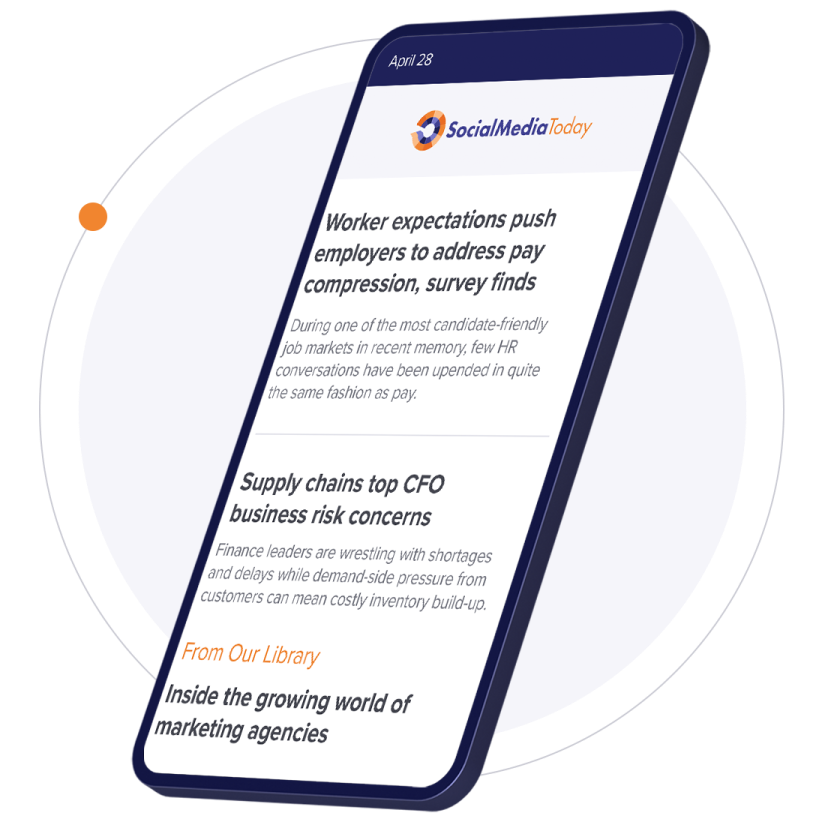Under increasing scrutiny from regulators, and amid various lingering questions and concerns about its ownership and its content approach, TikTok is looking to provide more assurance that it’s not censoring certain content, or amplifying certain perspectives, via new API access points which will enable academics and researchers to glean more insight into exactly how its systems work.
Under a new program, TikTok will soon enable researchers to access public and anonymized data about content and activity on the platform. It will also facilitate insights into its content moderation systems, via API access points, with stringent restrictions on who can access the tools.
That could shine some more light on exactly why TikTok’s ‘For You’ feed is so addictive, by enabling researchers to determine what users are engaging with, as well as what its moderation teams look to remove. Though it won’t, however, provide insights into TikTok’s AI systems, and the details that it can extract from each uploaded clip, and how it then uses those data points to decide what to show each user, based on their interests.
Which is really the ‘secret sauce’ of the app, and likely its most controversial element, with TikTok’s advanced algorithms able to pinpoint very specific elements within video clips, which it can then use for content sorting.
For example, back in 2020, a leaked internal document showed that TikTok moderators had been instructed to suppress content that featured people who were ‘too ugly, poor, or disabled for the platform’. TikTok has said that such regulations were quickly removed from its guidance, but the very concept that TikTok is even able to do this, based partly on algorithm identification, suggests that its systems are able to use such parameters as ranking tools - which means that TikTok can, and likely does, use physical traits like this to show people more of what the like, and less of what they don’t.
In other words, TikTok’s AI can detect physical elements, and use them as matching parameters, in order to keep users scrolling. I suspect that this type of object ID, built into TikTok’s system, could be uncovered via more intense scrutiny of its systems, which could well be why its algorithms are not included in this new API access.
Then again, it could also be a question or proprietary information, and keeping the secrets of its success close. And it may also not be the concern that it may seem, with its AI system potentially built on the same types of parameters as Instagram or Facebook, with no truly controversial aspects.
Though it is also worth highlighting a recent report which suggests that TikTok has been advising its staff not to talk about certain sensitive elements, including its AI tools.
According to a report from Gizmodo, TikTok has been giving staff a ‘Master Messaging document’, which outlines key points that the company wants to present, or not, to the public.
As per Gizmodo:
“Right near the top of the list? “Downplay the parent company ByteDance, downplay the China association, downplay AI.” All three bullet points are the second, third and fourth lines of the document, second only to “Emphasise TikTok as a brand/platform.” Further down, the company advises its employees to stress that, though young people love TikTok, “the app is only for users aged 13 and over.”
Add to this the fact that TikTok is removing more content due to ‘nudity and sexual activity’ and it paints a picture of concern in some aspects, which could be exposed if it were to enable broader insight into its algorithmic systems.
Still, it’ll be interesting to see what comes up as a result of these new investigations, and what it can reveal about how the app operates, in regards to user trends, moderation, etc.
TikTok says that it’s also granting the same API access to its independent US Content Advisory Council, as well as its regional Safety Advisory Councils for deeper analysis.
It could be a good move to help TikTok solidify support and understanding, and reduce pressure on the app, while also providing more understanding of what’s driving its success.







